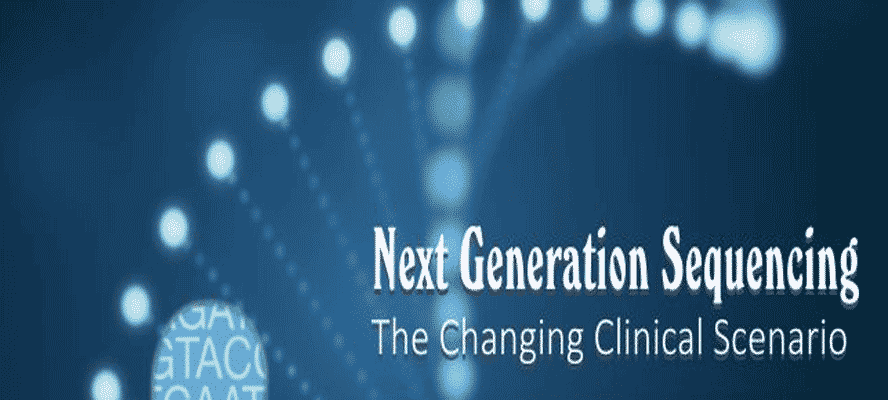What is next generation sequencing testing?
It was the year 1869 when Swiss researcher Friedrich Miescher
accidentally made one of the biggest discoveries. He isolated
‘Nuclein’ which now is known as DNA or Deoxyribose Nucleic Acid.
Watson and Crick’s elucidation of the DNA structure in 1953
intrigued the science community to further study and understand the
complexities around genome in general. Starting with Fredrick
Sanger’s dideoxy sequencing method to determine the precise
order of nucleotides in a short stretch of DNA to the automations
which aided in the Human Genome Project to the Next-generation
Sequencing (NGS) platforms today, genomic research has undergone
a massive technological overhaul.








